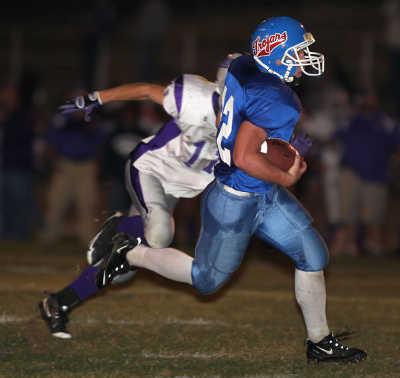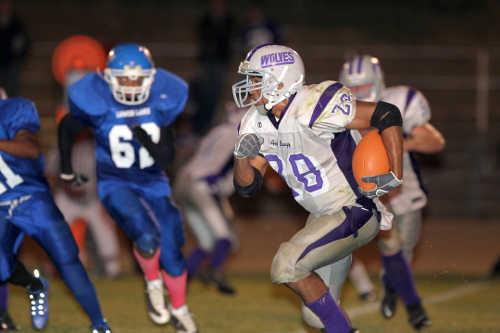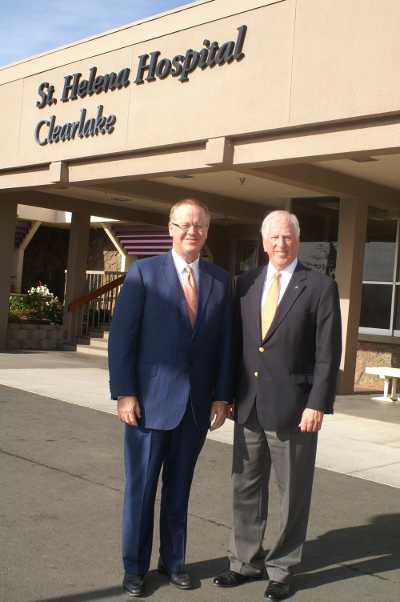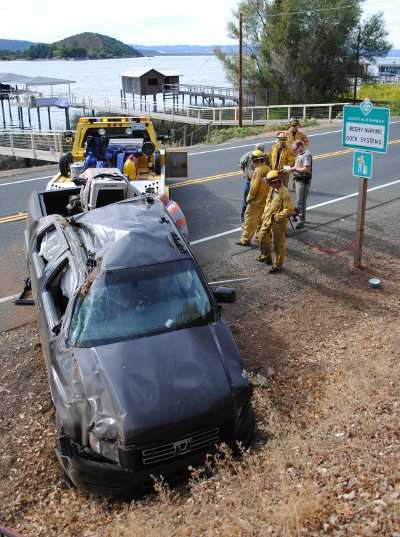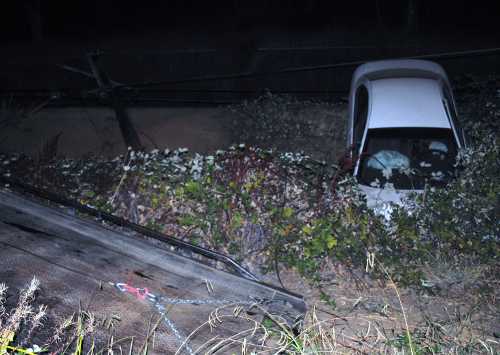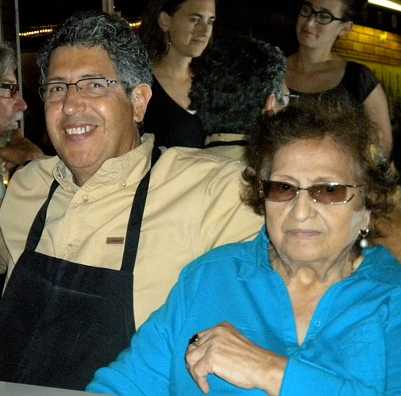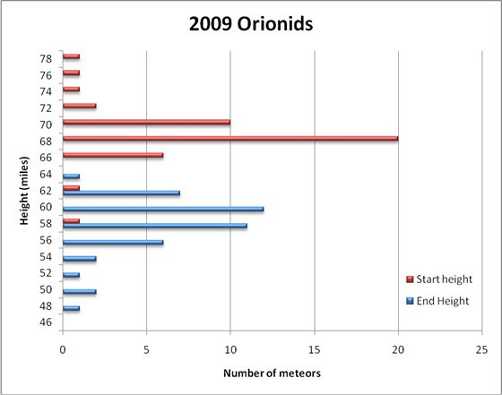- Tom Philpott
- Posted On
Military Update: Recruiting at
Acknowledging that the dismal job market is a factor, and that the Post-9/11 GI Bill is becoming a great tool to draw volunteers, the Army, Navy, Air Force and Marine Corps announced Oct. 12 they had met or exceeded their recruit targets at levels not seen since the Cold War ended.
But recruit command leaders also struck a cautionary tone on challenges ahead as the economy improves, as budgets tighten, and as the proportion of youth who can serve continues to slide as youth obesity rises.
Clifford Stanley, undersecretary of defense for personnel and readiness, unveiled the outstanding recruiting results for fiscal 2010 at a Pentagon press conference, with service recruiting chiefs at his side.
He did so against a backdrop of a force under enormous strain and some disturbing recruiting patterns, described by his boss, Defense Secretary Roberts Gates, in a very candid lecture two weeks ago at Duke University.
Gates noted that “no major war in our history has been fought with a smaller percentage” of citizens in uniform, just 2.4 million active and reserve members out of a country of more than 300 million, or less than one percent.
So few have been fighting for so long, Gates said, that it brings “dilemmas and consequences.” One is the enormous stress from long, multiple deployments, especially for junior and mid-level officers and sergeants in ground combat and support specialties.
They are “the most battle-tested, innovative and impressive generation of military leaders this country has produced in a very long time,” he said. But the strain on them and on their families is causing more anxiety and distress for their children, more domestic strife, higher divorce rates “and, most tragically, a rising number of suicides.”
While noting that all services are meeting recruiting and retention goals, Gates said that four decades of an all-volunteer force “has reinforced” demographic and cultural shifts affecting “who is most likely to serve and from where.”
Citing studies recruiting officials don’t usually discuss publicly, Gates said the biggest factor affecting propensity to serve is “growing up near those who have or are serving. In this country, that propensity to serve is most pronounced in the South and the Mountain West, and in rural areas and small towns nationwide…[T]he percentage of the force from the Northeast, the West Coast and major cities continues to decline.”
Military basing and recruiting patterns have reinforced this “growing concentration” or imbalance among certain regions and families, Gate said.
“With limited resources, the services focus their recruiting efforts on candidates where they are most likely to have success – with those who have friends, classmates and parents who have already served. In addition, global basing changes in recent years have moved a significant percentage of the Army to posts in just five states: Texas, Washington, Georgia, Kentucky, and here in North Carolina…Many military facilities in the northeast and on the west coast have been shut down, leaving a void of relationships and understanding of the armed forces in their wake.”
He noted that Alabama, with a population of less than five million, has 10 Army Reserve Officer Training Candidate programs versus only four ROTC programs in the Los Angeles metro area of 12 million and three in the Chicago area with a population of nine million.
Personnel chief Stanley was asked Tuesday whether he and service recruiting commanders have begun to address the recruiting effort’s imbalance across geographic regions described by Gates.
“We continue to focus in all areas of our nation, but we know that we have pockets, we have things, that we can do better,” Stanley said.
Location of reserve officer training, he said, “is not as diverse as it should be or could be, not as representative of different colleges [and] universities, so we are focusing on that.”
The aim, Stanley added, is for “a force that represents our nation. We are doing that very well in some areas, but we know we need to improve.”
The military tracks recruit quality by test scores and by high school graduation rates. Ninety-nine percent of recruits last year had diplomas. That surpassed DoD’s benchmark of 90 percent of recruits with diplomas.
The recruit benchmark on test scores is at least 60 percent scoring above the 50th percentile for youth nationwide. All services exceeded that goal. The Air Force led with 90 percent of new recruits scoring at or above average versus 83 percent for Navy, 72 for Marines and 64 percent for Army.
“Our economy has something to do with this but not everything,” said Stanley. The most common motivation, he said, is still youth desire to serve.
The recruiting service commanders all agreed the new GI Bill, which doubles the value of veterans’ education benefits and drops a $1200 contribution requirement, has helped pull in more quality for recruiters.
Rear Adm. Craig S. Faller, head of Navy recruiting, called it “one of the most positive things that I’ve seen for in my time in service…It really has helped us attract higher quality recruits.”
His counterpart, Maj. Gen. Donald M. Campbell, said the Post-9/11 GI Bill “has made a big difference” in Army recruiting.
“In fact, I’m using it to send my daughter to school,” said Campbell. “And I use my Army story when I talk to young men and women…It’s another great reason to serve their country.”
The new GI Bill “is certainly compelling” to prospective recruits, agreed Brig. Gen. Balan Ayyar, Air Force Recruiting Service commander. But the effect it is having on retaining careerists, given the option to transfer benefits to a spouse or to children, “is really just remarkable,” he said.
To comment, send e-mail to This email address is being protected from spambots. You need JavaScript enabled to view it. or write to Military Update, P.O. Box 231111, Centreville, VA, 20120-1111.
Follow Lake County News on Twitter at http://twitter.com/LakeCoNews and on Facebook at http://www.facebook.com/pages/Lake-County-News/143156775604?ref=mf .

